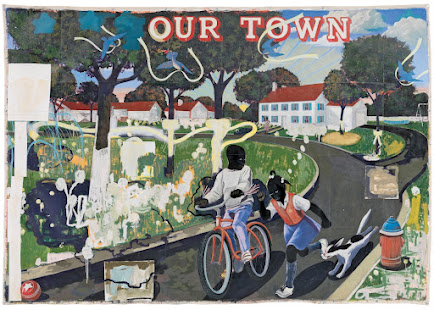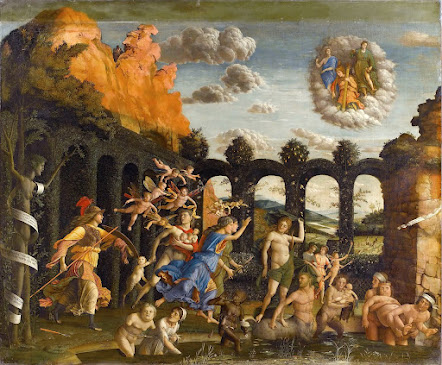Joseon Dynasty Art
_Preaching_to_the_Assembly_on_Vulture_Peak_LACMA_AC1998.268.1_(1_of_11).jpg)
From 1392 to 1910, there was a dynasty that ruled Korea known as the Joseon Dynasty. The Joseon Dynasty was founded by a military commander named Yi Seong-gye. During this time, Korea experienced developments in art and culture, such as the creation of the Korean alphabet, better known as Hangul, which is the main alphabet system used in Korea today. The Joseon Dynasty also saw the rise of Confucianism as the dominant philosophy and political system, which resulted in many different influences on Korean society and culture. During this time, many different challenges were faced, such as invasions from Japan and China. Despite this, the Joseon Dynasty was able to maintain its independence and unify the Korean peninsula. In 1910, Korea was annexed by Japan, resulting in the fall of the Joseon Dynasty. For the sake of this post, we will be looking into 3 different works that were created during the Joseon Dynasty. The first work that we will be looking at is called Sakyamuni Pr...




.jpg)
